Khalid Abualsaud
3D objects and scenes classification, recognition, segmentation, and reconstruction using 3D point cloud data: A review
Jun 09, 2023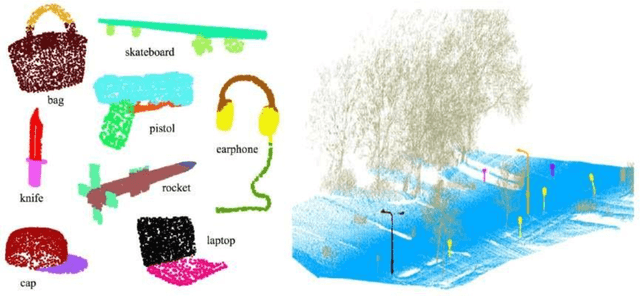
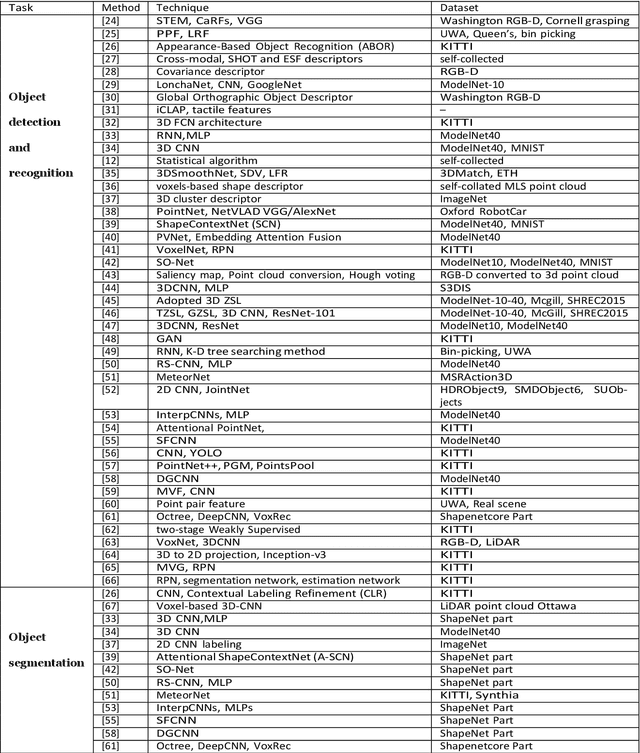
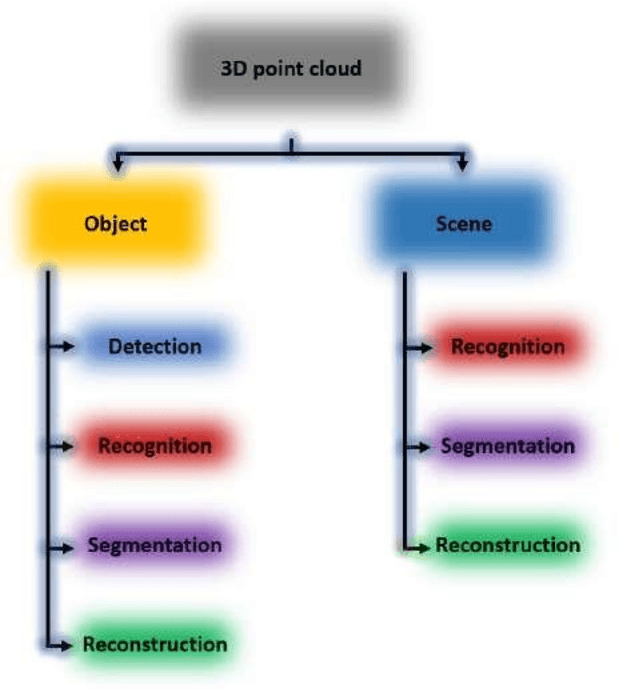

Abstract:Three-dimensional (3D) point cloud analysis has become one of the attractive subjects in realistic imaging and machine visions due to its simplicity, flexibility and powerful capacity of visualization. Actually, the representation of scenes and buildings using 3D shapes and formats leveraged many applications among which automatic driving, scenes and objects reconstruction, etc. Nevertheless, working with this emerging type of data has been a challenging task for objects representation, scenes recognition, segmentation, and reconstruction. In this regard, a significant effort has recently been devoted to developing novel strategies, using different techniques such as deep learning models. To that end, we present in this paper a comprehensive review of existing tasks on 3D point cloud: a well-defined taxonomy of existing techniques is performed based on the nature of the adopted algorithms, application scenarios, and main objectives. Various tasks performed on 3D point could data are investigated, including objects and scenes detection, recognition, segmentation and reconstruction. In addition, we introduce a list of used datasets, we discuss respective evaluation metrics and we compare the performance of existing solutions to better inform the state-of-the-art and identify their limitations and strengths. Lastly, we elaborate on current challenges facing the subject of technology and future trends attracting considerable interest, which could be a starting point for upcoming research studies
VisDrone-CC2020: The Vision Meets Drone Crowd Counting Challenge Results
Jul 19, 2021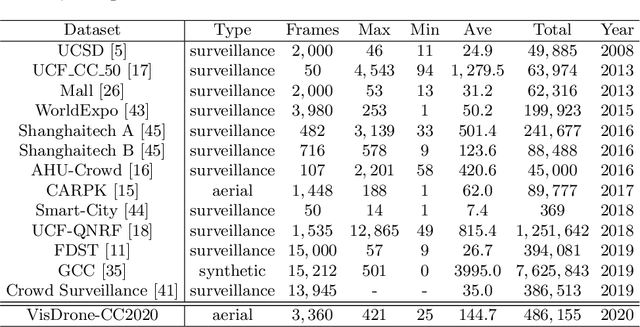
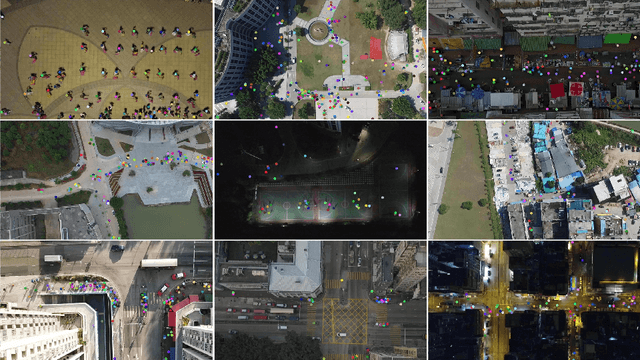
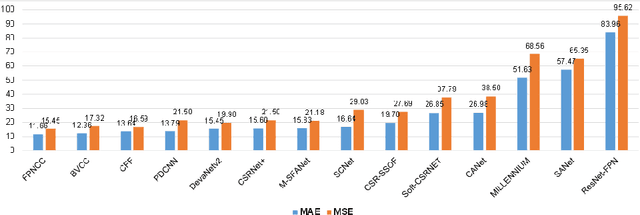

Abstract:Crowd counting on the drone platform is an interesting topic in computer vision, which brings new challenges such as small object inference, background clutter and wide viewpoint. However, there are few algorithms focusing on crowd counting on the drone-captured data due to the lack of comprehensive datasets. To this end, we collect a large-scale dataset and organize the Vision Meets Drone Crowd Counting Challenge (VisDrone-CC2020) in conjunction with the 16th European Conference on Computer Vision (ECCV 2020) to promote the developments in the related fields. The collected dataset is formed by $3,360$ images, including $2,460$ images for training, and $900$ images for testing. Specifically, we manually annotate persons with points in each video frame. There are $14$ algorithms from $15$ institutes submitted to the VisDrone-CC2020 Challenge. We provide a detailed analysis of the evaluation results and conclude the challenge. More information can be found at the website: \url{http://www.aiskyeye.com/}.
* The method description of A7 Mutil-Scale Aware based SFANet (M-SFANet) is updated and missing references are added
Lightweight IoT Malware Detection Solution Using CNN Classification
Oct 21, 2020



Abstract:Internet of Things (IoT) is becoming more frequently used in more applications as the number of connected devices is in a rapid increase. More connected devices result in bigger challenges in terms of scalability, maintainability and most importantly security especially when it comes to 5G networks. The security aspect of IoT devices is an infant field, which is why it is our focus in this paper. Multiple IoT device manufacturers do not consider securing the devices they produce for different reasons like cost reduction or to avoid using energy-harvesting components. Such potentially malicious devices might be exploited by the adversary to do multiple harmful attacks. Therefore, we developed a system that can recognize malicious behavior of a specific IoT node on the network. Through convolutional neural network and monitoring, we were able to provide malware detection for IoT using a central node that can be installed within the network. The achievement shows how such models can be generalized and applied easily to any network while clearing out any stigma regarding deep learning techniques.
 Add to Chrome
Add to Chrome Add to Firefox
Add to Firefox Add to Edge
Add to Edge